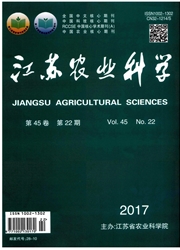

 中文摘要:
中文摘要:
This paper selects Beijing, Shanghai, Guangzhou, and Wuhan as examples and builds a database based on the statistics of the ? fth and sixth national population censuses and the latest statistics of aging population collected by ministries and commissions of the Central Government and local departments, as well as by our research team from 2000 to 2010. With its data unit accurate to Jiedao~① level, it is the ? rst time to analyze the micro-level spatial distribution characteristics of the aging population in China’s mega cities in comparison with research accomplishments in geography, which lays a foundation for further relevant studies and strategy formulation. The paper draws spatial distribution maps of the aging population in Beijing, Shanghai, Guangzhou, and Wuhan by Geograpic Information System(GIS), and uses Aging Degree Index and Population Gravitational Center respectively to analyze the spatial distribution characteristics and spatial evolution trends of aging population in these mega cities. The research indicates that, on the one hand, the spatial distribution of the aging population shows similar characteristics with that of developed countries when they were at the same urbanization level, especially with Japan which shares a cultural homology with China; on the other hand, it is greatly in? uenced by the distribution of af? liated residential space of large industrial sectors, enterprises, and research institutes under the early planned economic system. There are two trends: one is centrifugal spread, namely, the elderly are moving from the city center to the outside; the other is centripetal concentration, namely, the elderly who lived in the outer suburbs are moving towards the city center. These phenomena, such as centripetal concentration, suburban spread, exurban concentration, and socio-spatial differentiation of urban aging population, are driven by selective development in the city center, city function upgrading, re-hollowing of villages, and occupation and income differentiation of th
 同期刊论文项目
同期刊论文项目
 同项目期刊论文
同项目期刊论文
 期刊信息
期刊信息
